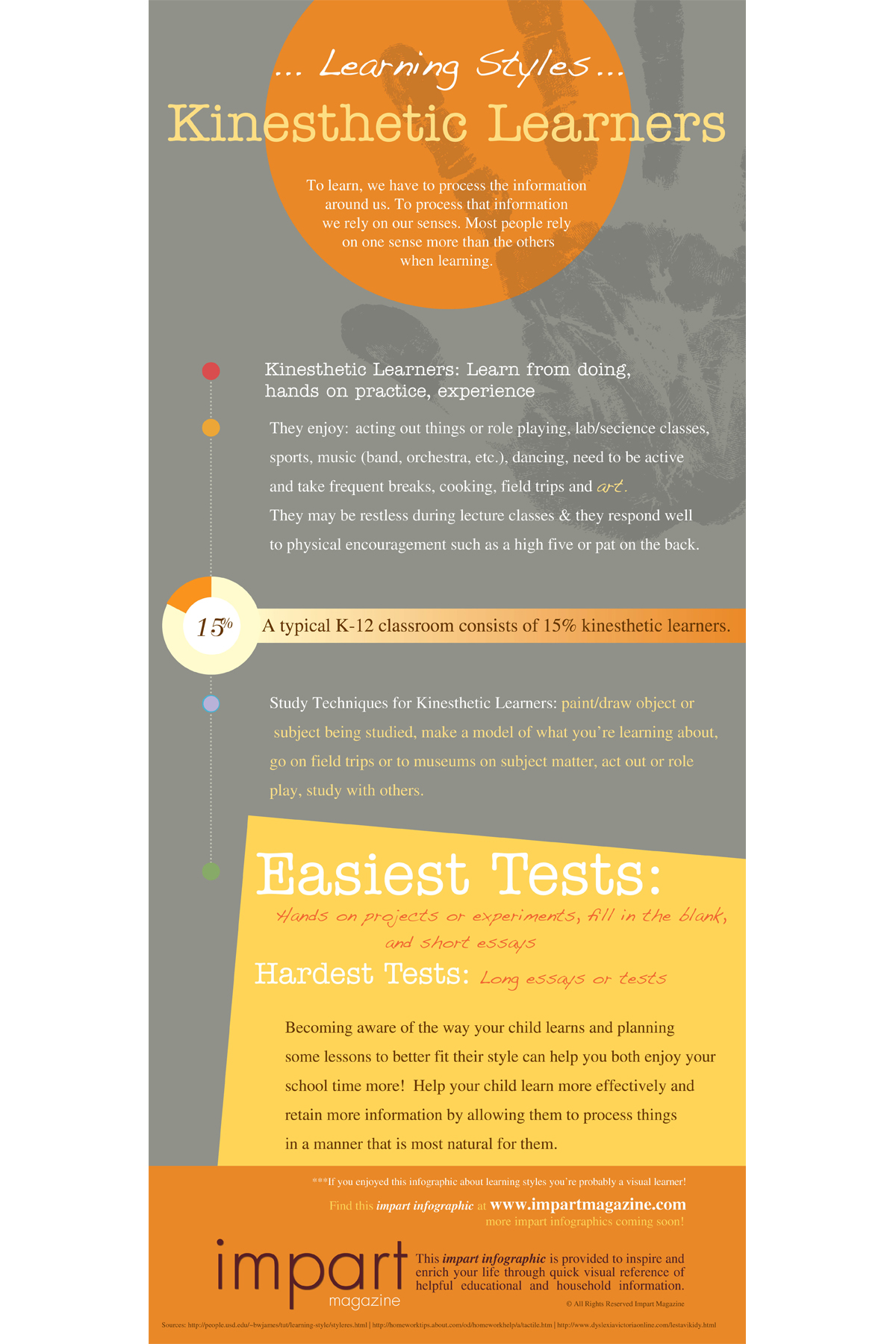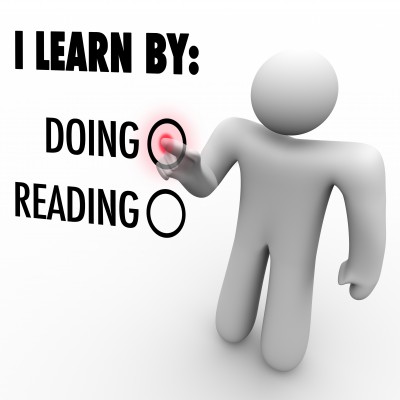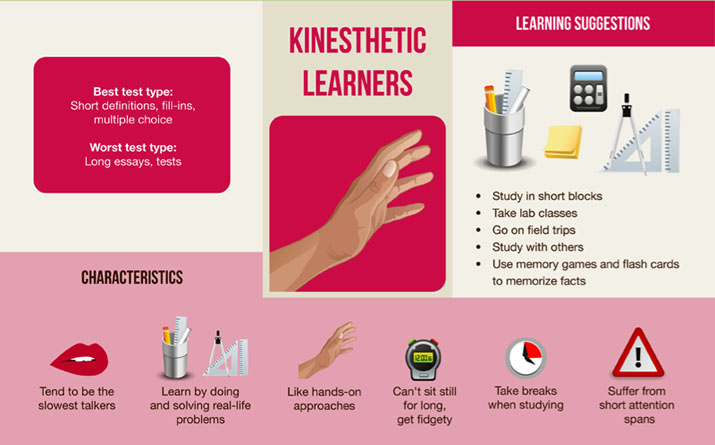Speech Buddies Parents’ Corner – Encouraging Kinesthetic Learners to Read and Write
Do you have a mover and a shaker in your home? A child who just can’t seem to sit still and thrives on moving? While some might jump to the conclusion that a child such as this has an attention issue, more and more parents are realizing that they have kinesthetic learners. These are kids who learn better when able to physically move. Reading and writing, two activities that are inherently related to being still, might be all the more challenging for kids who are kinesthetic learners at heart.
What Is A Kinesthetic Learner?
Kinesthetic learners are usually most successful when the activities in which they are participating allow them to move. If you think your child might be this type of learner, he or she probably does well in sports and prefers playing games that involve movement, like hands-on activities and crafts, and might be hard to get to sit still for long periods of time. Often these kids might not know they are kinesthetic learners, but they seek out ways to satisfy those needs – such as looking for reasons to get up and move in a classroom or during times when other kids are content to sit quietly.
How Can I Help My Kinesthetic Learner Read More?
Reading anything more than a billboard usually involves sitting still, something that kinesthetic learners don’t always embrace. If your child is struggling with reading and you think he or she is a “moving” learner, try some of these tips for increasing reading without increasing frustration.
- Provide lots of tools for early reading skills that can be manipulated through touch (fridge magnets, letter tiles, etc.).
- Encourage reading when there is no other choice – such as during car rides.
- Take turns reading aloud with your child. When it’s your turn your child can be free to build with tactile toys that satisfy their need for movement (this continues to encourage interest in books in general).
- Keep looking for new books that might interest your child, especially stories that are action-packed.
- Listen to books on tape while you share a “moving” activity with your child. Then keep a back-up copy of the book to trade off reading chapters and listening to chapters.
How Can I Help My Kinesthetic Learner Love Writing?
Well – maybe love is a strong word, but there are ways you can encourage writing skills in your kinesthetic learner. Whether it is the physical act of penmanship or the mental act of formulating the ideas, many kinesthetic learners struggle with writing skills.
- Keep the basics of writing for younger kids fun – have them write in the sand with a stick, sidewalk chalk on the driveway, or tracing their letters in the sky with their fingers.
- Don’t hold your child to too many expectations as once. If you’re worried about basic penmanship, don’t go overboard correcting the spelling and sentence structure, and if you’re trying to encourage complete sentences or thoughts, don’t worry about the penmanship.
- Take some field trips or talk with some professionals in careers that interest your child – and find out what kinds of writing they do for their jobs. Chances are you’ll meet a few who will encourage your child to learn those basic writing skills that will come in handy one day, like this chemical industry professional who relies on those much earlier lessons of a former English teacher.
- Consider letting your child use a computer for writing, especially if the practice is needed with ideas and not penmanship.
- Talk about the plan for writing while you’re walking, riding a bike, or moving with your child. Brainstorm ideas together so your child can face the paper or screen with some thoughts in mind.
Your child will likely go through different phases of learning during different ages, and then as an adult probably be more successful using one or two learning styles. Until that time, work with your child and the school to provide the most empowering educational environment possible for your kinesthetic learner.
If you believe your school-age child is a kinesthetic learner, be sure to talk with teachers to find out what is offered in the schools to allow for that need of physical movements. Some schools have innovative rooms that allow kids to crawl through tunnels, climb, and more, to keep their brains awake and ready to learn. Make sure you also understand the expectations for your child’s grade level of work and become a partner with teachers to help your child reach those goals. The typical classroom setting can be challenging for a kinesthetic learner, but it doesn’t have to prevent active learning.





